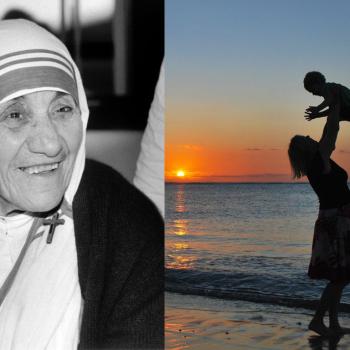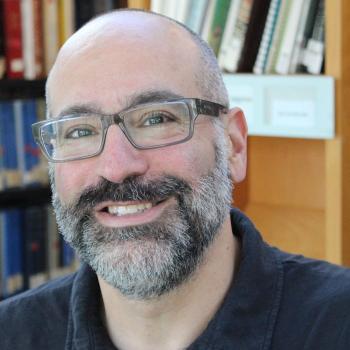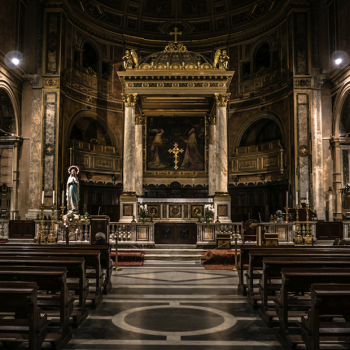The council was suspended when Italian troops entered Rome in September 1870. The government affirmed papal sovereignty within Vatican boundaries, but Pius refused any interaction with the regime. He labeled himself the “Prisoner of the Vatican,” living out his days in seclusion. At his death in February 1878, he was the second longest reigning pope (tradition holds that St. Peter was first).
By then he had become an object of affection, if not devotion, among Catholics worldwide. John Gilmary Shea wrote in 1876: “There is not a Catholic family in which the little ones do not recognize the portrait of our Holy Father, Pope Pius IX, and look upon it with affection and reverence.”
To the end, Pius kept his human touch. He could be warm-hearted, generous, compassionate, even humorous. During a visit from John Henry Newman and Ambrose St. John, he mentioned meeting other English priests. When St. John asked who they were Pius smiled, patted his arm, and said, “Do you think I can pronounce your English names?” At the same time he was highly emotional. When one prelate suggested that an infallibility declaration didn’t square with Church tradition, Pius bellowed: “Tradition? I am tradition!”
Even today his name alone generates debate. And his journey toward sainthood has elicited protest as tyrannical reactionary and theological dinosaur. But the story of the man himself is much more complex and interesting than gross oversimplifications. And there’s no denying his continued impact on Catholic life in the devotions he promoted and the feasts he instituted, in the dioceses he created (over two hundred), and the religious orders he approved.





